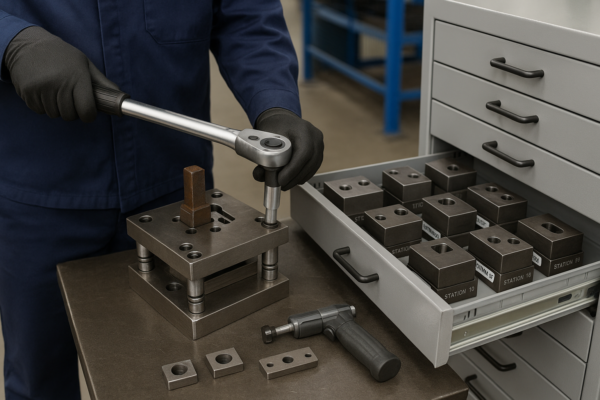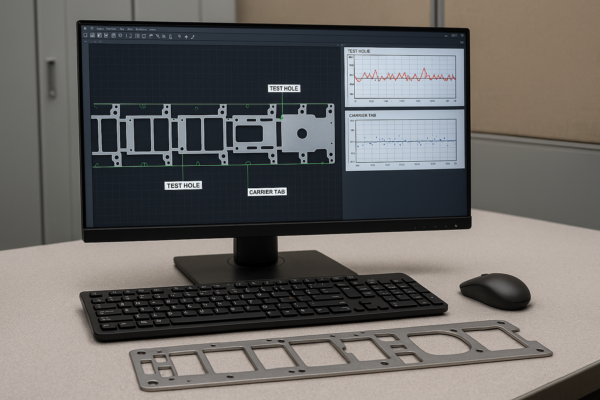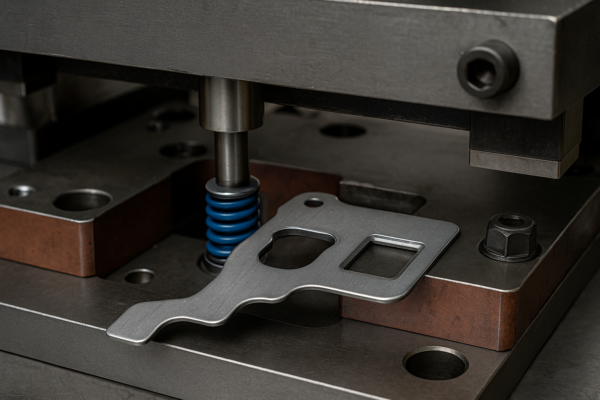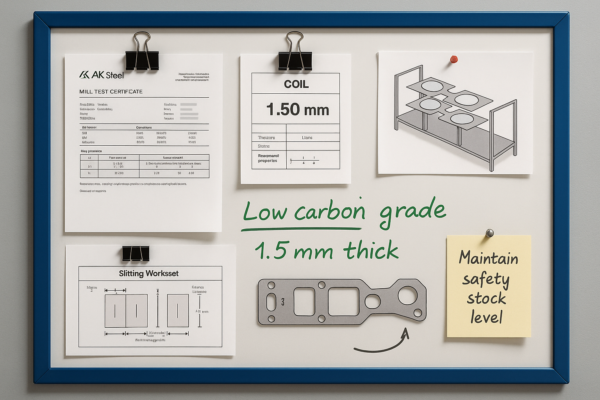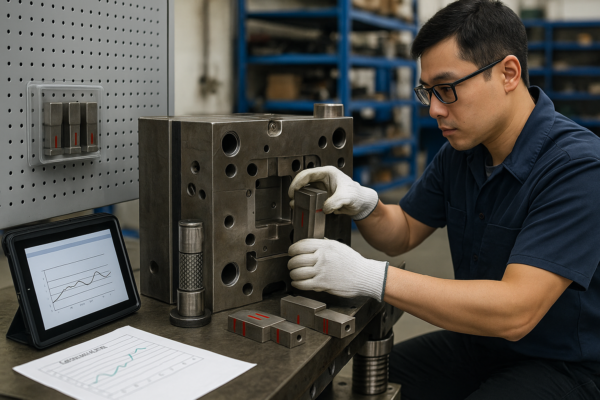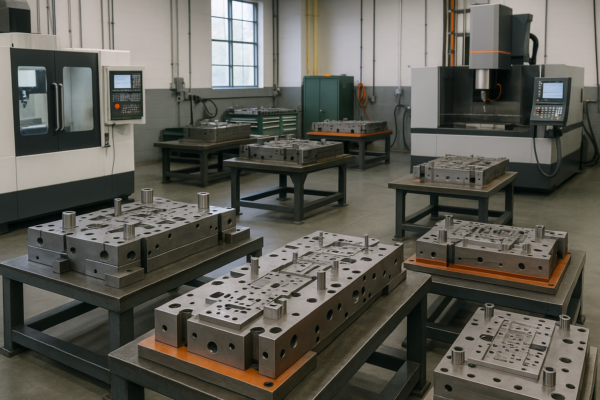What Is Sheet Metal Fabrication?
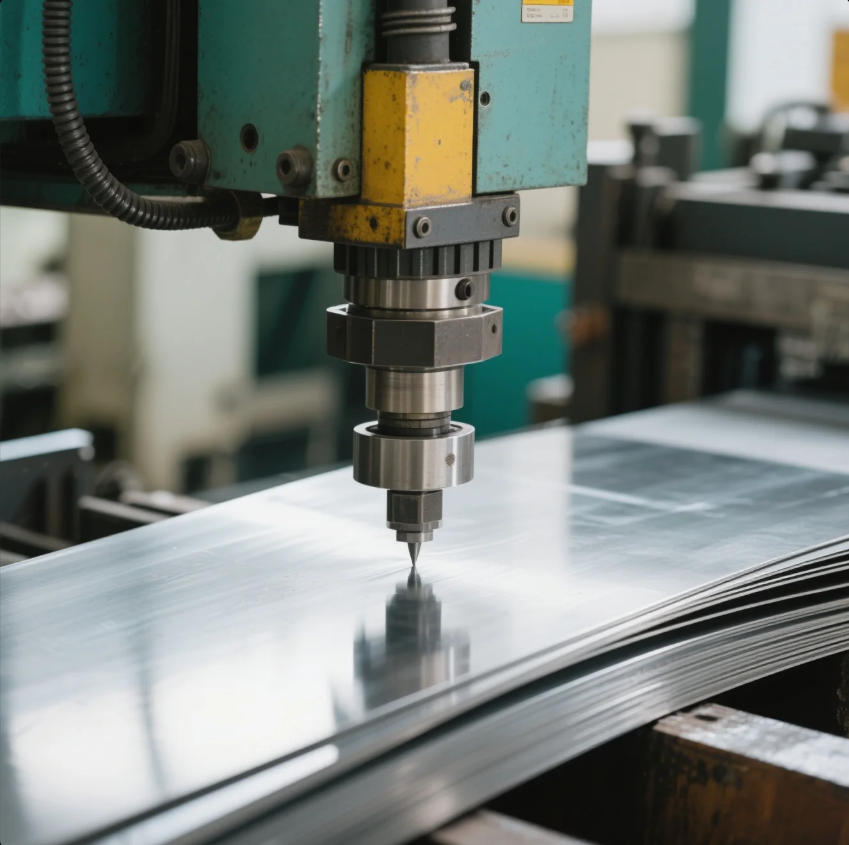
Confused about how metal parts are made or which process you need?
Sheet metal fabrication is the process of shaping flat metal sheets into specific parts using cutting, bending, welding, or stamping. It is widely used in automotive, electronics, and industrial manufacturing.
Many buyers don’t fully understand metal fabrication steps, which leads to communication gaps with suppliers. This guide will help you avoid mistakes and choose the right process.
What are the three types of metal fabrication?

Many clients ask which fabrication process fits their product. They often mix up stamping, welding, and CNC work.
The three major types of metal fabrication are cutting, forming, and assembling. Each method serves a different purpose in shaping and completing metal parts.
In real projects, combining these steps often brings the best results. I’ve seen clients save time and cost by planning these stages in one production cycle.
Three Main Fabrication Types
| Fabrication Type | Process Methods | Common Tools |
|---|---|---|
| Cutting | Laser cutting, shearing, punching | CNC laser, punch press |
| Forming | Bending, rolling, stamping | Press brake, die sets |
| Assembling | Welding, screwing, riveting | MIG/TIG welders, tools |
How Prime Helps with Complete Fabrication
As a sheet metal fabrication company, Prime provides in-house cutting, forming, and assembling. We reduce lead times by managing all steps under one roof. That gives our clients better control and fast delivery.
What is a sheet metal fabricator?
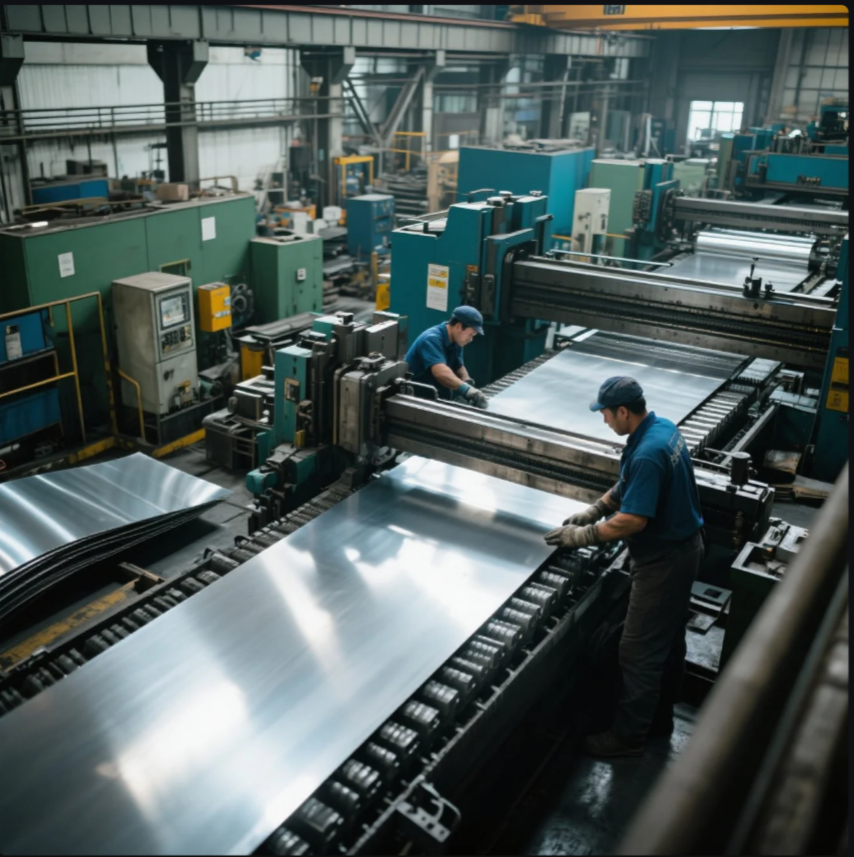
Many buyers don’t know who to talk to about designs. They often waste time explaining to multiple suppliers.
A sheet metal fabricator is a company or technician that transforms flat metal sheets into parts using fabrication tools and machines. They read drawings and make precise cuts, bends, and welds.
In my experience, working with a professional fabricator improves communication and avoids costly mistakes. Good fabricators understand tolerances, surface finishes, and packaging requirements.
Skills of a Reliable Fabricator
| Skill Area | What to Look For |
|---|---|
| Technical Expertise | Reads CAD files, understands specs |
| Equipment Control | Runs CNC, laser, press brakes |
| Quality Focus | Checks tolerances, ISO certified |
| Communication | Responds fast, gives clear advice |
Prime as Your Trusted Fabricator
At Prime, we’ve been a trusted custom sheet metal fabricator since 1993. With 10 production lines and ISO-certified operations, we support clients from design to shipping. Many of our B2B customers return because we deliver precision and speed in every order.
What is the meaning of metal fabrication?
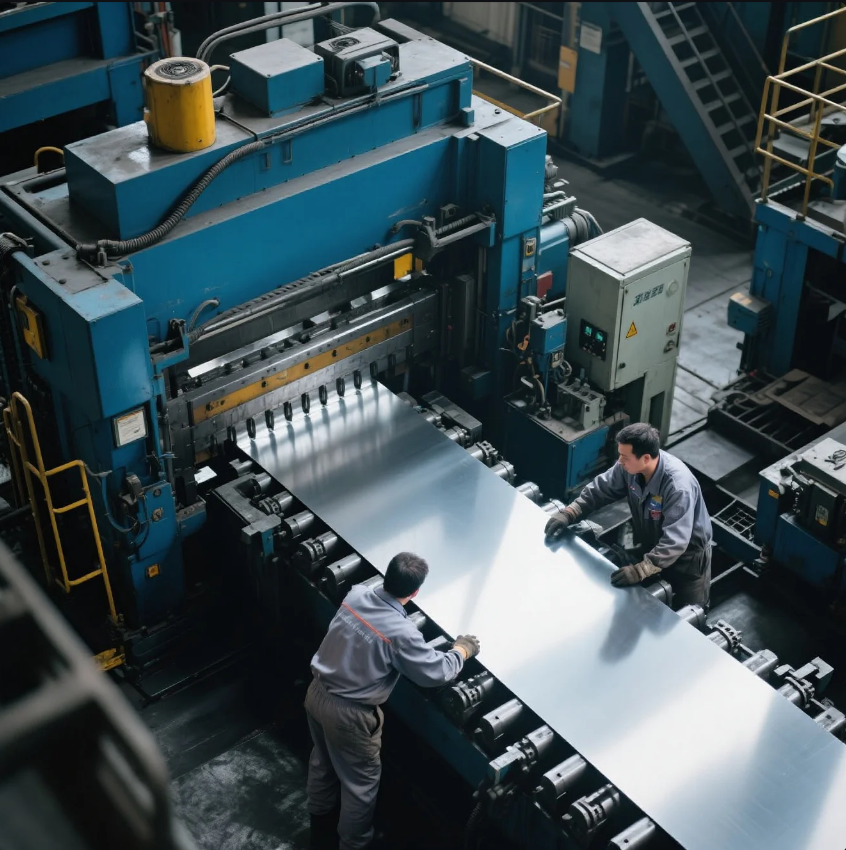
Some clients assume metal parts are just cast or CNC-machined. That’s not always true.
Metal fabrication means building metal structures or parts by cutting, forming, and assembling raw metal materials. It’s the backbone of modern manufacturing.
Unlike casting or CNC-only processes, fabrication can be more flexible for complex parts. It suits both low and high-volume production. Many of our customers use fabrication to create enclosures, panels, and mounting parts.
Key Differences Between Fabrication and Other Methods
| Process | Material State | Ideal Use | Typical Cost |
|---|---|---|---|
| Fabrication | Metal sheets | Custom parts, medium batch | Medium |
| CNC Machining | Solid blocks | High-precision, small batch | High |
| Casting | Molten metal | Complex shapes, mass production | Low per unit |
Benefits of Metal Fabrication
- Fast tooling setup
- Flexible design changes
- Shorter delivery times
- Compatible with many surface finishes
Prime’s fabrication services combine modern equipment and experienced workers. Whether you need stainless steel cabinets or aluminum brackets, we ensure reliable results and full process control.
What is sheet metal stamping?
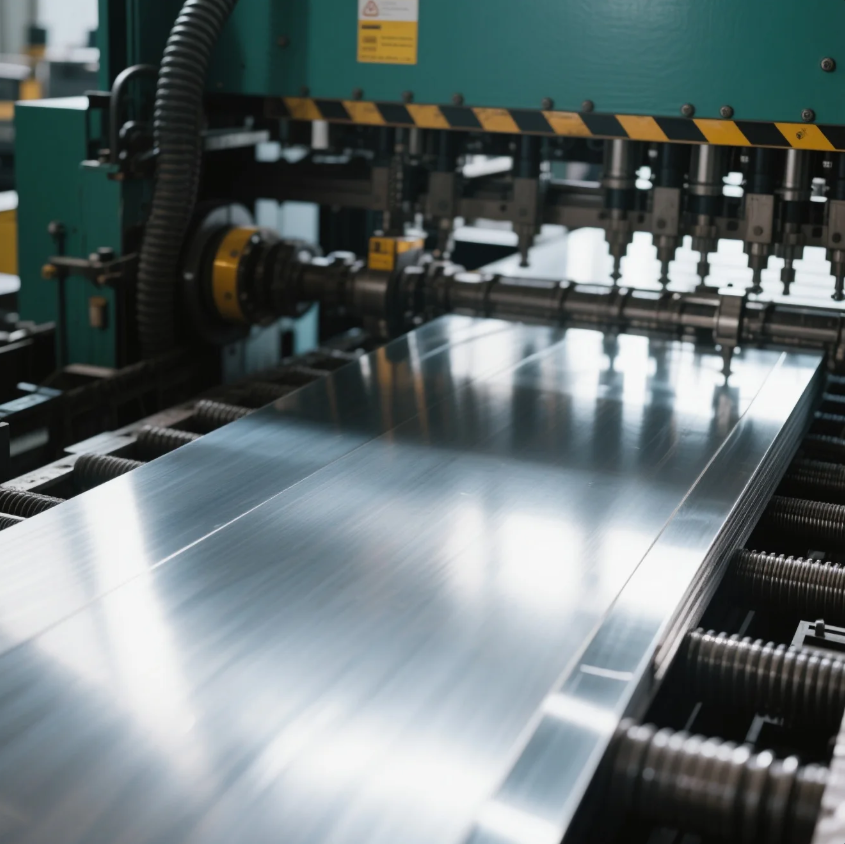
Stamping is often misunderstood. Some clients think it’s only for large orders.
Sheet metal stamping is a fabrication method where a punch and die press metal into shapes. It’s ideal for high-volume production.
Stamping is fast and repeatable, especially for parts like connectors, covers, and frames. With custom dies, parts come out in seconds with consistent quality. However, poor tooling design can ruin batches. That’s why experience matters.
When to Use Stamping
| Requirement | Is Stamping a Good Fit? |
|---|---|
| High Volume | Yes, fast output |
| Complex Geometry | Yes, with multi-stage dies |
| Short Lead Time | Yes, after tooling is ready |
| Frequent Design Change | No, tooling takes time to remake |
Prime’s Stamping Advantage
As a leading custom stamping parts supplier, Prime designs and builds stamping tools in-house. That gives us better cost control and fast response for part updates. Our factory runs progressive dies and single-hit tools for different needs.
We also offer:
- Surface treatments like powder coating or zinc plating
- Strict quality inspection with digital tools
- Export packaging with foam and shrink wrap for protection
Conclusion
Sheet metal fabrication combines cutting, forming, and assembly into flexible, high-precision part production.
Contact Prime now for expert support in sheet metal fabrication. Get a free quote, design review, and sample plan—all backed by fast delivery and ISO-certified quality. Let us help you simplify your supply chain with reliable parts and clear communication.

